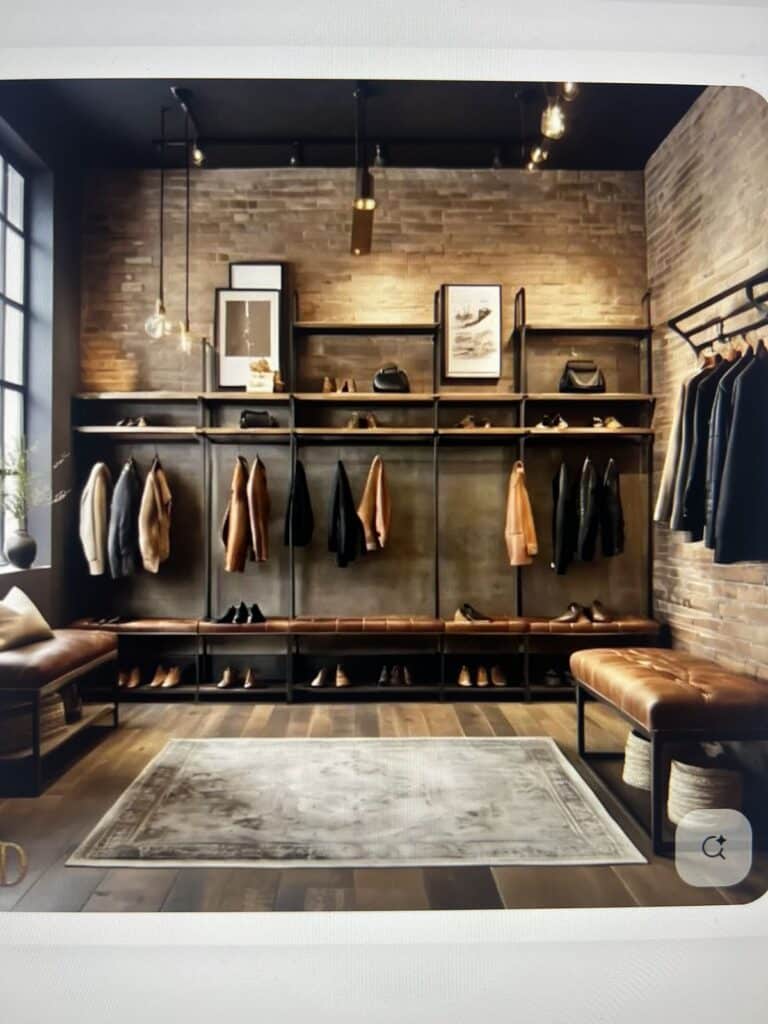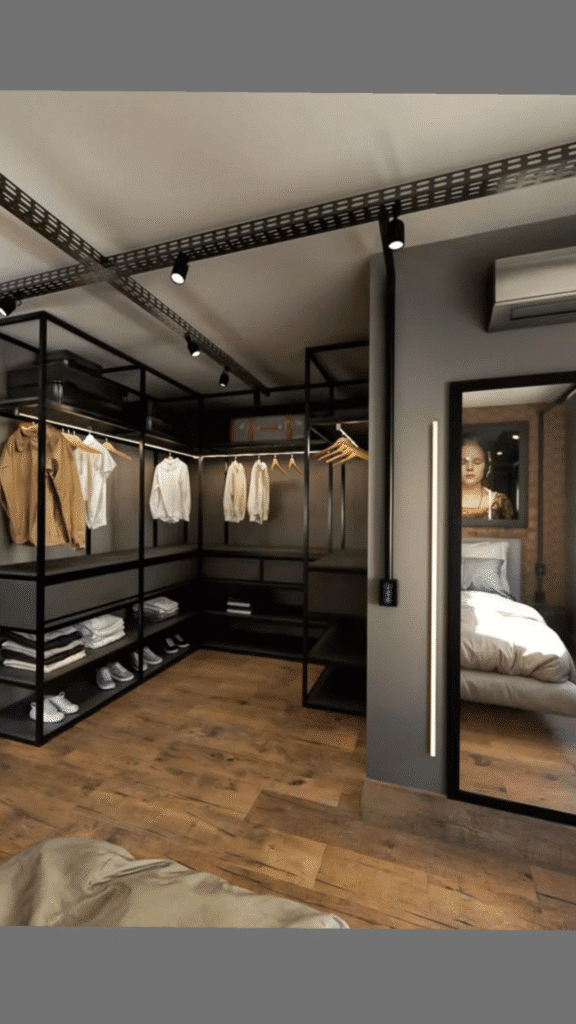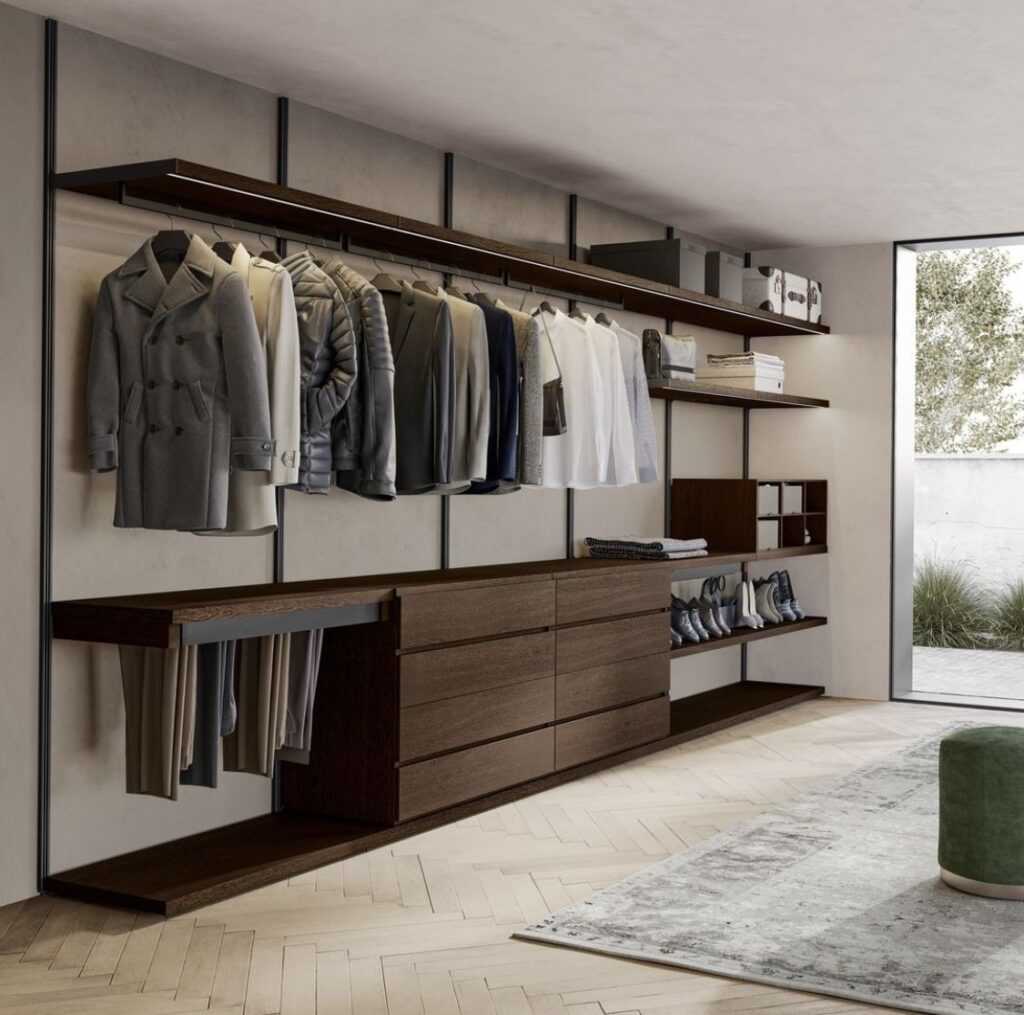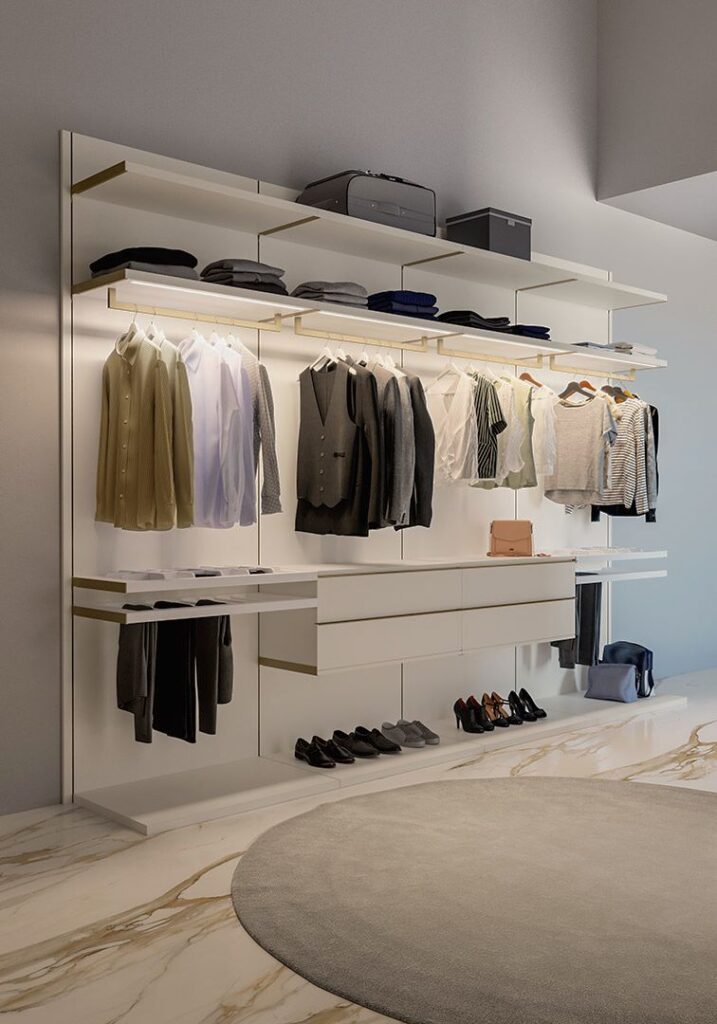Creating a welcoming and adequate retail space blends creativity with strategy. Every detail, such as the layout and lighting, affects how customers perceive your brand. Picture walking into a store where every section feels purposeful and every product catches your eye. This is the power of thoughtful retail design. By focusing on these aspects, you can create an environment that attracts shoppers and encourages them to linger and explore.


Designing a retail space is a great chance to showcase your brand’s personality. Whether you’re starting a new boutique, updating a grocery store, or setting up a pop-up shop, your design choices can impact customer behaviour and satisfaction. It’s about crafting a shopping experience that is effortless and enjoyable.
Let’s learn how to design a retail space.
Understanding the Customer Journey
To design an adequate retail space, start by understanding your customers. What do they want when they enter your store? Mapping out the customer journey helps you see how shoppers will interact with your space. This goes beyond just knowing their demographics; consider their motivations, shopping preferences, and desired experiences.
Good design encourages customers to explore every part of the store. Consider creating separate areas for different products or themes. For example, a clothing store might have a casual section next to formal wear, with clear signs guiding shoppers between them. Observing buying patterns can help you decide where to place popular items and how to set up displays that encourage impulse purchases.
Space Planning

Space planning is critical to successful retail design. It involves arranging and organizing the space you have. This is your chance to create a flow that feels natural and easy for customers. Consider how wide the aisles should be for comfortable browsing and whether there’s enough room for customers to gather around displays without feeling cramped.
Using flexible layouts can help as your business evolves. For example, modular fixtures that you can rearrange allow for new merchandising ideas during different seasons or promotions. This adaptability keeps the shopping experience fresh and exciting.
A smart floor plan encourages customers to discover quieter areas of the store, where you might display high-margin items or newer offerings. By carefully designing the path through your space, you can boost sales and customer satisfaction.
Lighting’s Role
Lighting plays an important role in a store’s atmosphere. Different areas may need different lighting to create the right vibe. Bright lighting works well for detailed displays or special items, drawing attention and highlighting quality. Soft, ambient lighting can create a relaxed atmosphere in lounge areas or fitting rooms.
Combining natural and artificial lighting can enhance product displays and make the space feel open. Skylights or large windows let in natural light, making the shopping experience feel vibrant and welcoming.
Using multiple light sources allows you to create different moods or themes in the same retail space. For example, using festive lighting for seasonal products can generate excitement and set the tone for a promotional event.
Merchandising Displays
Attractive merchandising can turn a simple store into a destination. Well-arranged displays catch the eye and tell a story about the products. The key is effective visual hierarchy; items at eye level grab the most attention, while other products should still feel easy to reach.
Try using different heights and textures to create visual interest. Consider using props or themed elements that match the season or your brand. For instance, if you sell outdoor gear, showing a tent in a makeshift campsite can spark imagination and encourage purchases.
Using labels and signs helps customers navigate your offerings easily. Clear information reduces pressure on staff and empowers customers to make informed choices. This creates a positive shopping experience where customers feel guided and comfortable.
Colour and Branding Integration


Colour choices in a store significantly affect emotions. Warm tones can make people feel comfortable, while bright colours can energize them. It’s vital to choose colours that match your brand’s identity and the atmosphere you want to create.
Incorporate your brand colours into fixtures, displays, and checkout areas. Consistent branding throughout the store creates a unified look that strengthens recognition. This connection helps customers feel closer to your brand and encourages loyalty.
Thoughtful accents, like artwork or message boards, can also support your brand’s story, making the shopping experience richer and more engaging. Linking visual elements to your brand’s mission or values can resonate with customers, inviting them into a larger narrative.
- 25shares
- Facebook0
- Pinterest25
- Twitter0



